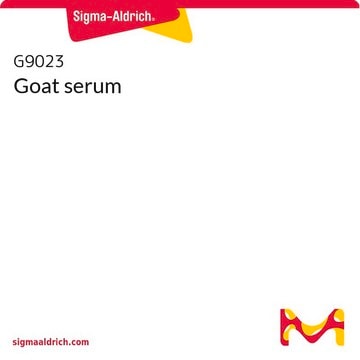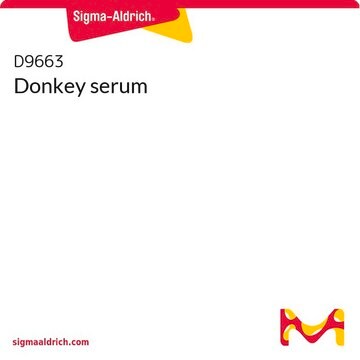Using P5282 with cells fixed in paraformaldehyde instead of methanol-free formaldehyde was attempted, but the results were not satisfactory with regular formaldehyde. A specific protocol for the reconstitution of Phalloidin P5282-.1MG in the case of tissues fixed in paraformaldehyde and included in O.C.T medium is not available. However, it is suggested to find relevant information in the literature, such as in this article, https://www.oncotarget.com/article/25259/ DOI:[10.18632/oncotarget.25259].
P5282
Phalloidin Peptide
≥90% (HPLC), solid, FITC labeled
Synonym(s):
Phalloidin-FITC
Select a Size
About This Item
Recommended Products
Product Name
Phalloidin, Fluorescein Isothiocyanate Labeled, sequence Amanita phalloides(synthetic: peptide sequence)
biological source
sequence from Amanita phalloides (synthetic: peptide sequence)
Quality Level
form
solid
fluorescence
λex 495 nm; λem 520 nm(lit.)
storage temp.
−20°C
General description
Application
Biochem/physiol Actions
Signal Word
Danger
Hazard Statements
Precautionary Statements
Hazard Classifications
Acute Tox. 2 Dermal - Acute Tox. 2 Inhalation - Acute Tox. 2 Oral
Storage Class Code
6.1A - Combustible acute toxic Cat. 1 and 2 / very toxic hazardous materials
WGK
WGK 3
Flash Point(F)
Not applicable
Flash Point(C)
Not applicable
Choose from one of the most recent versions:
Certificates of Analysis (COA)
Don't see the Right Version?
If you require a particular version, you can look up a specific certificate by the Lot or Batch number.
Already Own This Product?
Find documentation for the products that you have recently purchased in the Document Library.
Customers Also Viewed
Articles
In the midst of beeping lab timers, presentations and grant deadlines, it is easy to take for granted the quality of lab reagents.
Related Content
Three-dimensional (3D) printing of biological tissue is rapidly becoming an integral part of tissue engineering.
-
Is it possible to use P5282 with cells fixed in paraformaldehyde instead of methanol-free formaldehyde?
1 answer-
Helpful?
-
-
How do I prepare stock solutions of Product P5282, Phalloidin, Fluorescein Isothiocyanate Labeled?
1 answer-
Stock solutions of phalloidin conjugates have been made in methanol or DMSO at 0.1 to 5 mg/mL. Make final dilutions in aqueous physiological buffers for a staining range from 0.1 μM to 100 μM with corresponding incubation times of 15 minutes to 72 hours.
Helpful?
-
-
How do I store Product P5282, Phalloidin, Fluorescein Isothiocyanate Labeled?
1 answer-
The product should be stored at a powder in the freezer at -20°C.
Helpful?
-
-
What is the Department of Transportation shipping information for this product?
1 answer-
Transportation information can be found in Section 14 of the product's (M)SDS.To access the shipping information for this material, use the link on the product detail page for the product.
Helpful?
-
-
How do I dissolve Product P5282, Phalloidin, Fluorescein Isothiocyanate Labeled?
1 answer-
This product is soluble in methanol, ethanol, butanol and pyridine. It is soluble in cold water at a concentration of 5 mg/mL; it is much more soluble in hot water. See: The chemicals encyclopedia published by the Royal Society of Chemistry, 12th ed., entry# 7336 (1996). Solutions should be prepared fresh, and protected from light whenever possible.
Helpful?
-
-
How do I stain cells with Product P5282, Phalloidin, Fluorescein Isothiocyanate Labeled?
1 answer-
A typical application for staining cells can be found in the product information sheet (under Documents, above).
Helpful?
-
-
What are the excitation and emission wavelengths used for fluorescent detection of Product P5282, Phalloidin, Fluorescein Isothiocyanate Labeled?
1 answer-
Excitation wavelengths of 540-545 nm and emission wavelengths of 570-573 nm can be used. See: Faulstich, H., J. Muscle Res. Cell Motility, 9, 370 (1988), and Waggoner, A. et al., Methods in Cell Biology, 30, 449 (1989).
Helpful?
-
Active Filters
Our team of scientists has experience in all areas of research including Life Science, Material Science, Chemical Synthesis, Chromatography, Analytical and many others.
Contact Technical Service









